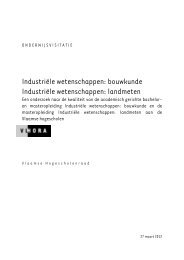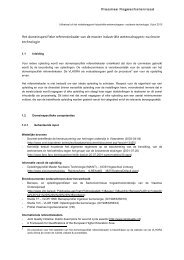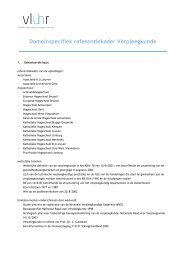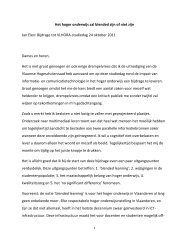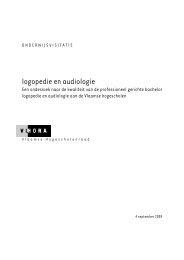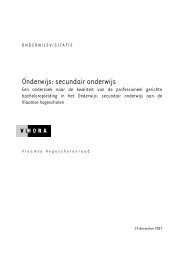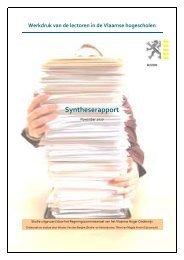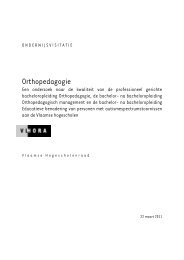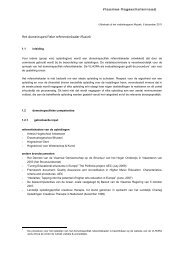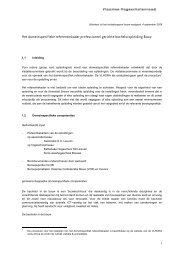Towards a Diversified, Responsive and Competitive European Higher
Towards a Diversified, Responsive and Competitive European Higher
Towards a Diversified, Responsive and Competitive European Higher
Create successful ePaper yourself
Turn your PDF publications into a flip-book with our unique Google optimized e-Paper software.
III. CONCLUSIONOur past experience of contributing to setting up ‘Bologna’, with the development of priority areas, hastaught us that it is essential that the dynamics of the process should not be lost; we believe the stakeholders’model is a guarantee for this.We therefore express our hope that this valuable cooperation of governments <strong>and</strong> stakeholders is maintained,so as to ensure that the implementation of the process is balanced across the different stakeholders.Summarising our priorities in the further realisation of the EHEA for the years to come, we can see thefollowing:• we think it is essential to more clearly define lifelong learning, which takes into account the widerange of paths <strong>and</strong> ways of learning, as it will help develop more targeted policies on access to highereducation for a diverse student population;• in line with this, more support is needed for the recognition of prior learning, as a means to wideningaccess at all levels of higher education;• mobility of all learners <strong>and</strong> young graduates has to remain the focus of the EHEA, which has toencompass ‘lifelong mobility’ opportunities;• in the realms of quality assurance, higher-education institutions would benefit from more <strong>European</strong>targetedactions, which encourage, support <strong>and</strong> monitor the implementation of quality-assuranceprocesses at various levels within <strong>and</strong> across institutions. This practice could lead to bilateral <strong>and</strong>multilateral agreements (also involving quality assurance agencies) in order to cooperate, shareviews, instruments, services <strong>and</strong> good practice in the area of quality assurance <strong>and</strong> transparencyinstruments, which could also be cost-saving. Where appropriate, there should be protection againstexternal pressures or interventions that may be detrimental to quality <strong>and</strong> quality assurance practices;• the diversified offer of higher-education programmes <strong>and</strong> institutions, each with their own mission,profile <strong>and</strong> targeted student public, satisfies a need in the employment market;• the specific contribution to knowledge creation by higher-education institutions focusing on impactdriveninnovation <strong>and</strong> applied research should have the highest profile.At this stage of the reform process, the implementation of the above priorities has to occur within institutionsin order to be sustainable, continuous <strong>and</strong> financially stable. A corollary, therefore, is that governmentincentives for institutions are needed in response to lingering economies <strong>and</strong> weakened job markets.Investing in education is a means to safeguard current levels of welfare <strong>and</strong> well-being of citizens, <strong>and</strong> evenmore vitally, it gives subsequent generations opportunities to build their own future. A <strong>European</strong> <strong>Higher</strong>Education Area that profiles the above, guarantees that its sustainable future will also be competitive on aglobal scale.Brussels, April 201212



